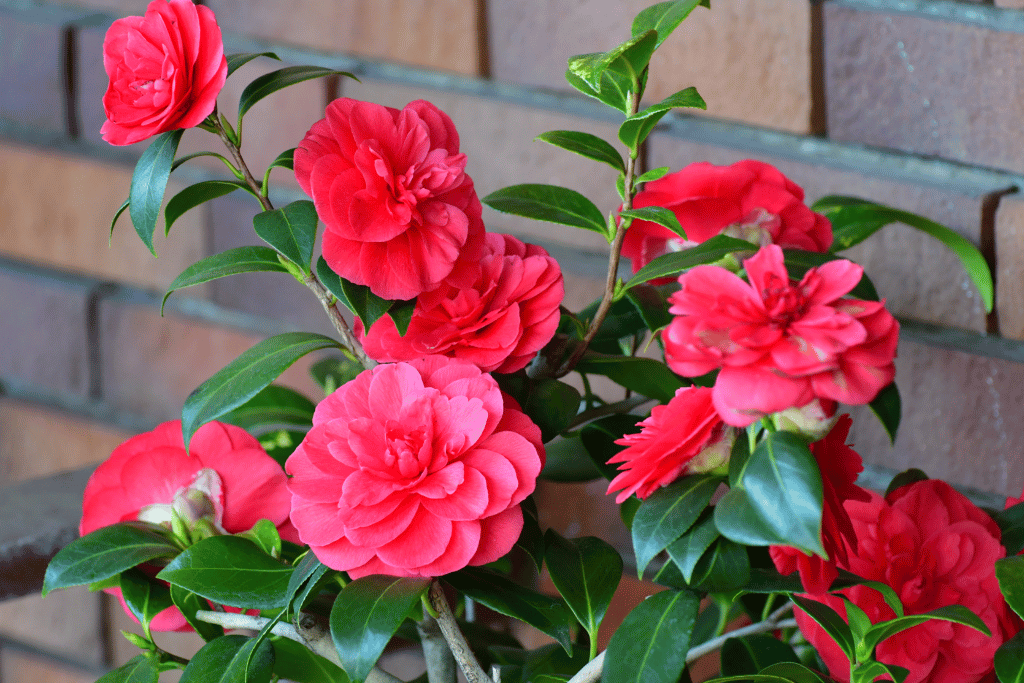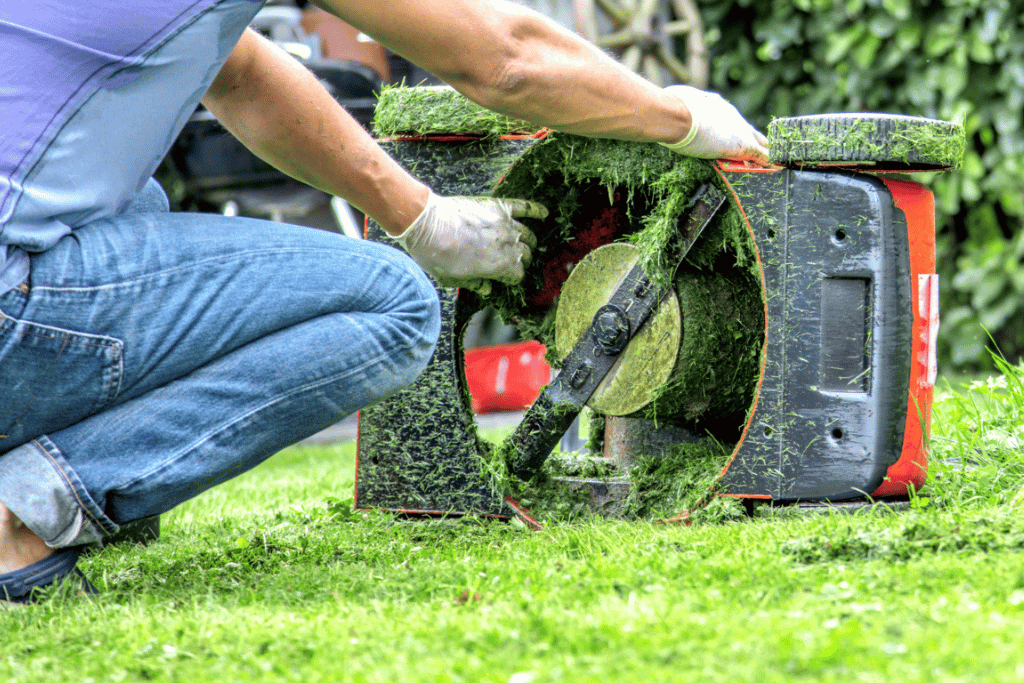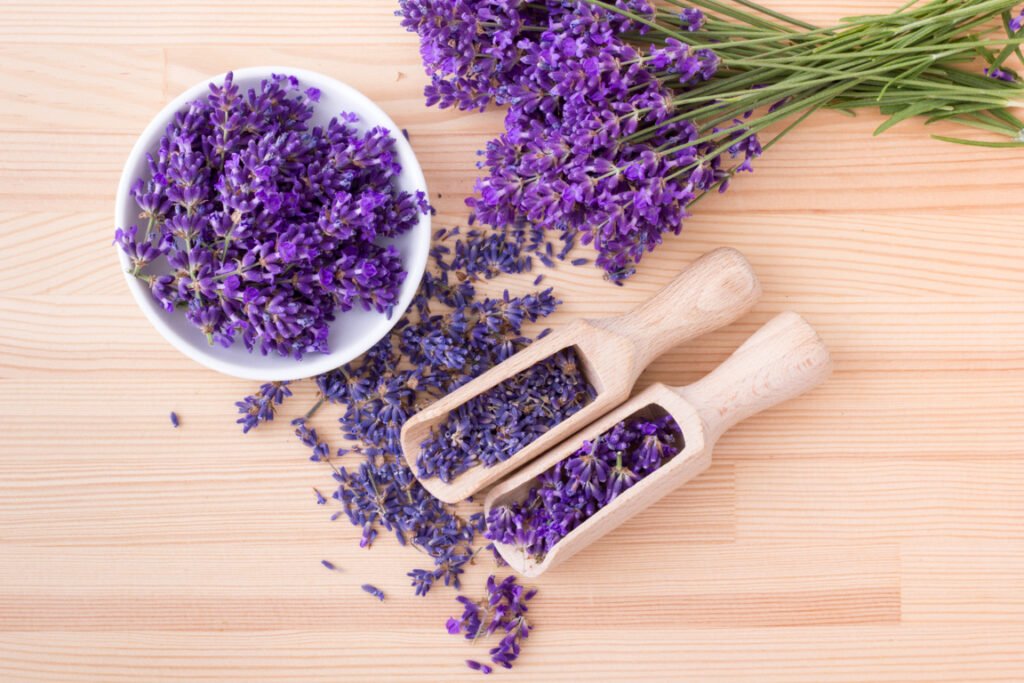
Lavenders are stunning purple flowering plants, as well as being beneficial herbs. They are fragrant, attractive, easy to grow, and they thrive in dry conditions. There are over 45 species and 450 variants of lavender. However, English lavender (aka true lavender) and lavandin are the most famous. Knowing your growing goals and the differences between lavandin vs. lavender will help you choose the best variety to grow in your garden.
Lavandin and lavender are two different species. Lavandin is a hybrid of English and Portuguese lavender, while lavender is a natural heirloom.
Lavender plants are sweet, subtle, and therapeutic. At a glance, lavandin plants are taller and bushier. They also grow more flower heads than English lavenders, thus resulting in a higher yield. But, unlike true lavenders, lavandins are non-edible due to their high camphor content.
So, how do you distinguish true lavender? Which is the best? Lavender vs. lavandin? Are you ready to grow your favorite? Let’s find the answers!
What is Lavender?
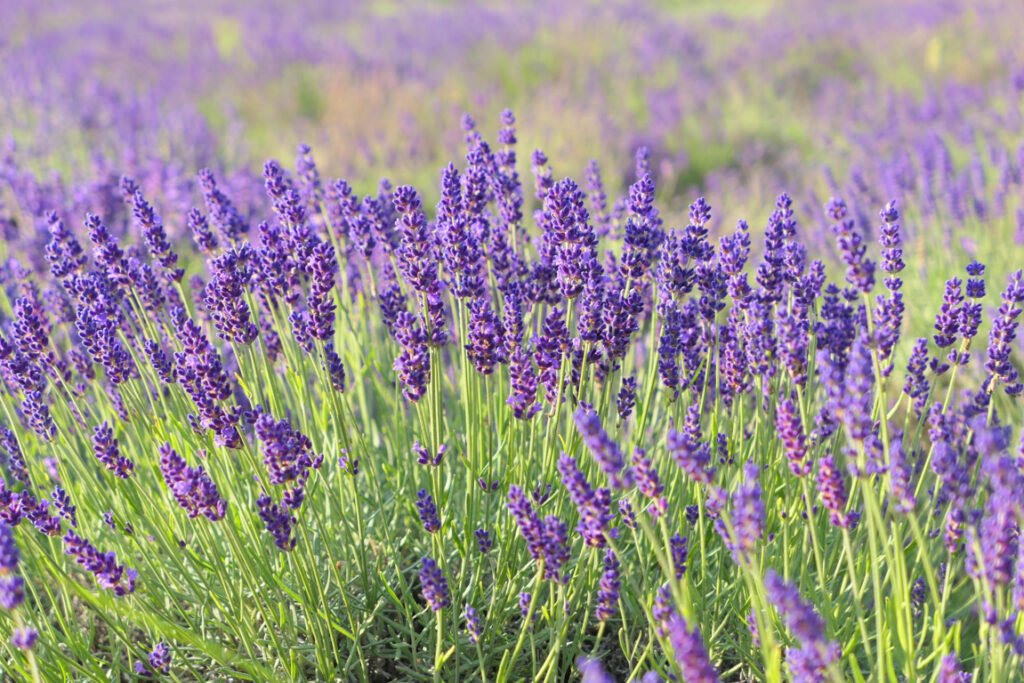
Lavender, often known as English or true lavender, is a vibrant flowering plant famous for its sweet fragrance and aroma. It is a member of the genus “Lavandula” and has the scientific name Lavandula angustifolia.
English lavenders are edible and rich in therapeutic properties. They are natural biological species and not hybrids. However, they can produce over 100 different cultivars within their species when hybridized.
Apart from being grown as a plant for its vibrant color and sweet aroma, lavender is also used in the following ways:
- Lavender oil- Extracted as a fragrant oil from the lavender flowers. The oil is famous in aromatherapy for its relaxing properties. It’s massaged over the skin to calm nerves, heal burns and to rejuvenate
- Lavender tea– A stress-relieving beverage to aid digestive issues, anxiety, and sleeping disorders
- Lavender supplements- Often consumed as capsules
What is Lavandin?
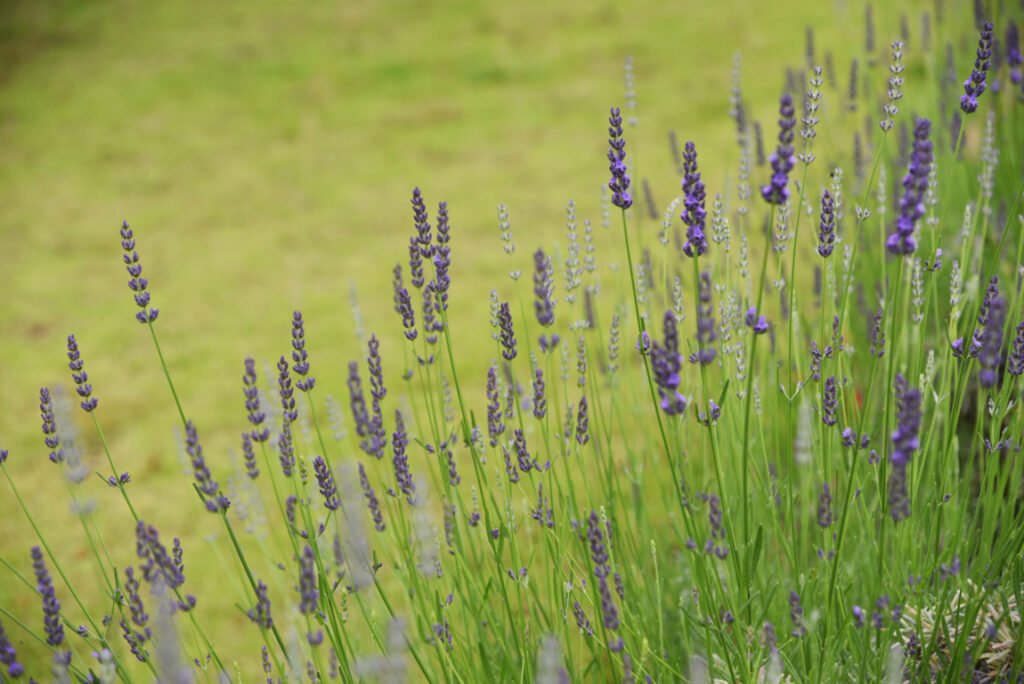
Lavandin, or Lavandula intermediate, is a hybrid of Lavandula angustifolia (English lavender) and Lavandula latifolia (Portuguese lavender).The hybrid plants have the attributes of both their parent species. They have the sweet fragrance of L. angustifolia but also retain the camphor undertones of L. latifolia.
Lavandins are visual pleasers like their cousins, true lavenders. They are excellent for decorative uses like bouquets, sachets, and dried decor. However, they are non-culinary plants due to their high camphor content..
Lavandin vs. Lavender- Differences at a Glance
Now that we are familiar with lavandin and lavender, let’s compare them side by side.
| Lavandin | Lavender | |
| Sunlight | Full sun | Full sun |
| Soil | Well draining, acidic soil | Well draining, alkaline soil |
| Heat and humidity | Tolerates heat and humidity | Does not tolerate heat and humidity |
| Height | 11-30 inches, relatively tall | 15-20 inches, relatively small |
| Color | Bright lilac hues | Dark purple hues |
| Flower head | Three flower heads in a stem | One flower head in a stem |
| Blooming season | Mid to late summer | Late spring to mid-summer |
| Camphor content | 6-10% | 0-0.6% |
| Smell | Pungent, strong fragrance | Sweet and subtle fragrance |
| Edible | Non-edible | Edible |
The Differences in Detail
Appearance
Even though lavandin and lavender look somewhat similar, they are easy to differentiate one from another. Lavandin differs from its parent lavender species in height, color, and structure due to the spike lavender qualities.
Stems: The stems of lavandin plants are longer than those of lavender. The height of the lavandin plant ranges from 11 to 30 inches, but lavenders only grow up to 15 to 20 inches.
Flowers: The flowers of lavandin are lilac and long in shape. These flowers converse at the top to form a tapering end. The lavender flowers are dark purple and maintain the same width through the flowerhead.
Flower heads: Another significant visual difference is the number of flower heads. Lavender plants stay simple with single flower heads. But the flower heads of lavandin are more complex and produce lateral shoots. There are usually three flowerheads on each stem of a lavandin plant.
Camphor content
One primary difference that alters the benefits of English lavender vs. lavandin oil is the camphor content. English lavender oil contains only 0–0.6% camphor, while lavandin oil has a higher concentration of camphor ranging from 6–10%. However, a high camphor content has no negative impact on lavandin oil it actually enhances and intensifies the fragrance.
Smell
The presence of camphor in lavandin plants modifies their scent. Lavender plants have a pleasant, sweet, and subtle aroma. Lavandin plants have a powerful and pungent smell, it is challenging to include lavandin in aromatherapy, unlike English lavender plants.
Oil production
The amount of oil produced by lavandin plants is three times that of English lavender plants. This makes lavandin a cheaper commercial alternative to true lavender. These oils are often used in cleaning products, household items, and perfumes.
Lavandin vs. Lavandin – Plant Care
All lavender species have similar growing needs such as full sun, regular pruning, and feeding. Lavenders are drought-resistant plants. So, water them less frequently (once every 2 or 3 weeks) after they establish.
In their true habitat spike lavender plants thrive in different altitudes. True lavenders grow at higher altitudes (1700m above sea level) and tolerate frost. While spike lavenders thrive in much lower latitudes (200 to 700m above sea level) and don’t tolerate frost. Lavandin, the hybrid of both, takes the middle ground and tolerates lower altitudes (700 to 1000m above sea level) and frost.
Lavender is also sensitive to humidity and scorching temperatures. Spike lavender and lavandin can tolerate moderate heat and humidity.
In Conclusion- Lavandin vs. Lavender
If you are considering lavandin vs. lavender, choose the plant that meets your needs. If you want to make therapeutic oils for relaxation and calming, go for the true lavender. For visual appeal in your garden, either would be a beautiful addition.
Frequently Asked Questions (FAQ)
Is lavandin oil the same as lavender oil?
No, lavandin oil is different from lavender oil. Even though lavender oil is the most popular of the two, lavandin oil is the commercially successful variety. Lavandin is a hybrid of true lavender and spike lavender.
What is the difference between spike lavender and lavandin?
Spike lavender is a strong aromatic plant belonging to the lavandula genus. Whereas lavandin is a hybrid of true lavender and spike lavender.
How do you take care of lavender plants?
It is easy to take care of lavender plants. Make sure you plant them in well-draining soil and feed them regularly. Let your lavender plants enjoy full sun to get the best results. Prune the stems every year after flowering to increase your yield the following year.
Can you grow lavender indoors?
Yes, you can grow lavender plants indoors. However, keep them in a cool room. They are sensitive to both hot and cold drafts. Refrain from placing them near vents or window openings.
What is intermediate lavender?
Intermediate lavender is a hybrid between Lavandula angustifolia and Lavandula latifolia. The hybrid plant is more robust and strong smelling than L.angustifolia. It also has high camphor content, making it non-edible.


